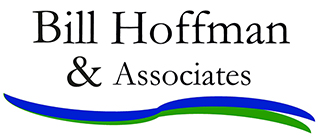We’re talking strategic plans here and as you may have guessed – the short answer is “no”, one size does not fit all. The longer answer is that each organization has different needs for their strategic plan and the actual plan needs to reflect those specific needs.
that each organization has different needs for their strategic plan and the actual plan needs to reflect those specific needs.
Make no mistake, there should not be shortcuts in developing a strategic plan; the process will look very similar in the development phases. In general terms, this means that initial steps will entail:
- Data gathering (environmental fact gathering)
- Stakeholder input (customized for the groups of stakeholders)
- Board input (which may include a board self-analysis and/or SWOT analysis)
- Board reflection and ideation based on input from above
- Identification & prioritization of areas to focus on
- Development of SMART goals to address focus areas
These steps will help the board base their planning on a factual representation of where they’re currently at in their organizational development and capabilities. This should yield realistic expectations of what can be accomplished during the period planned for. And the goals developed will be in a form that can be clearly operationalized in order to visualize a clear path going forward with check-in points throughout the way.
But the final written strategic plan may be anywhere along a spectrum of one or two pages with the bare bones of the goals all the way up to a multi-page, outward facing public document. Some organizations need the strategic plan to be all encompassing with detailed background information in order to inform and potentially engage outside stakeholders. For other organizations, this level of detail may be distracting to the work they need to focus on. It’s wise as you work with whoever facilitates your planning process to set expectations early on what the final plan will look like as well as how it will be used.

